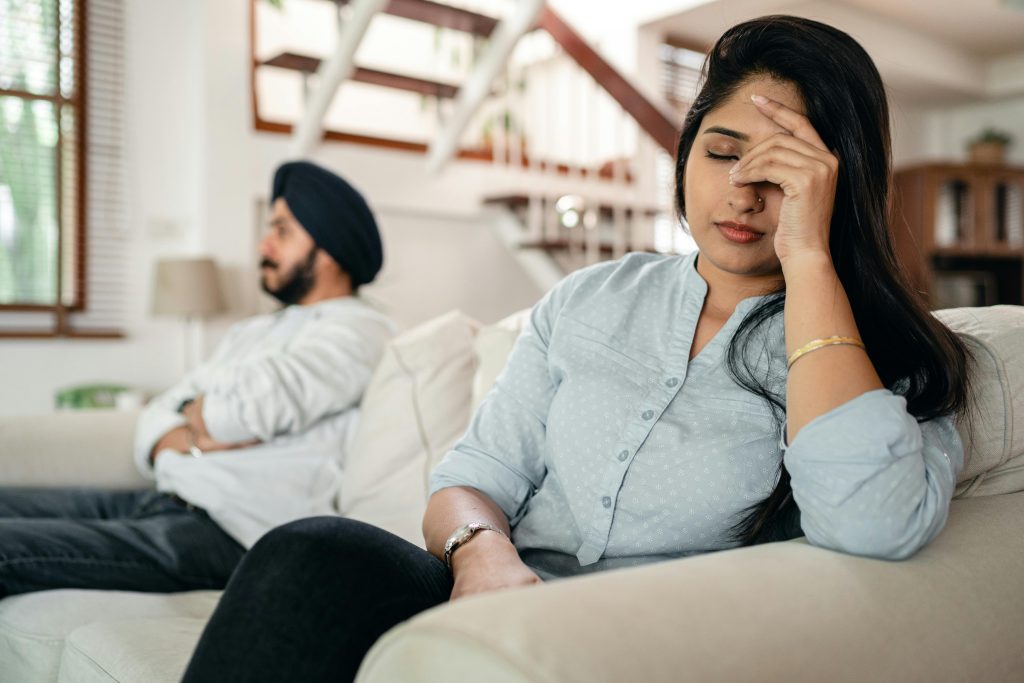Have you ever found yourself asking: “Why do I keep ending up with the same kind of partner?” or “Why do I feel so drawn to people who don’t treat me the way I deserve?” Often, the answer isn’t found in the present moment, but in the past.
Our early childhood experiences create a blueprint for how we understand love, safety, and connection. Before we even have words, our nervous systems begin to map out what intimacy feels like based on our parents/caregivers and environments we grow up with. These patterns while sometimes invisible to us can deeply influence who we’re attracted to, how we show up in relationships, and what we tolerate or expect from love.
The Attachment Blueprint
Attachment theory helps us understand how our earliest bonds shape our future ones. If you grew up in a consistent, nurturing home, we’re more likely to develop a secure attachment, trusting that love is safe, dependable, and mutual. But if you experienced love that was toxic, abusive, inconsistent, distant, or overwhelming, you may be drawn to similar love patterns in our adulthood.

Familiar Doesn’t Always Mean Safe
We don’t just fall in love with people, we often fall into patterns. The people we’re drawn to may remind us (consciously or unconsciously) of our parents/caregivers or the emotional atmosphere we grew up in. If love meant walking on eggshells as a child, we might confuse unpredictability with passion. If affection was conditional, we may find ourselves over-giving or people pleasing in order to earn love.
This is not a flaw in character. It’s a survival strategy. Our brains crave the familiar, even when the familiar hurts. Repetition can feel like comfort. But it can also keep us stuck.

Culture, Family, and Love Scripts
Our cultural and familial contexts also shape our ideas about love. In some cultures, including many Tamil households, love is often expressed through acts of service or sacrifice rather than open affection. Children may grow up learning to suppress their needs, prioritize harmony, or believe that love means enduring. These lessons don’t disappear when we become adults, they become part of our inner script.
Sometimes, we find ourselves performing roles in relationships that echo our childhood such as, caretaker, peacekeeper, overachiever, invisible child. These roles can become default settings, even when they no longer serve us.
Healing the Pattern
The good news is: we are not doomed to repeat the past. Awareness is the first act of resistance. When we begin to understand the origins of our patterns, we open up space to choose differently.

Healing looks like:
- Learning and bringing awareness to our patterns
- Setting boundaries that honour our needs
- Finding safety in relationships that feel calm
- Reparenting the parts of us that learned love had to be earned
Things like reflection and awareness, therapy, and inner child work can all help us rewire these blueprints.
It’s not about blaming the past, it’s about understanding how it shows up in the present, so we can make new choices in the future.
You deserve love that doesn’t hurt. And it starts with believing you are worthy of it.